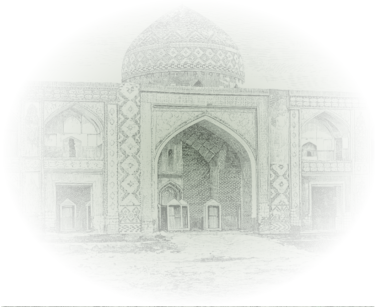Hallavar is a village in the Alexandropol uezd of the former Iravan governorate, later in the former Boyuk Garakilsa (Gugark) district, and currently in the Lori province. The provincial centre is located 10 km to the southwest of the town of Vanadzor (Boyuk Garakilsa), between the villages of Yukhari Kilsa and Haydarli, near the Hallavar River, on the right bank of the Pambak River, at a height of 1,650 m above sea level. It was marked on the five-verst map of the Caucasus.
The village was inhabited by 111 Azerbaijanis in 1831, 625 in 1873, 664 in 1886, 913 in 1897,1,062 in 1908, 445 in 1914, 781 in 1916 and 455 Azerbaijanis in 1919. In March 1919 the village was invaded by Armenian armed forces and the Azerbaijanis were massacred and completely deported. The surviving Azerbaijanis managed to return to their ancestral lands following the establishment of Soviet power in present-day Armenia. The village was inhabited by 644 Azerbaijanis in 1922, 709 in 1926, 902 in 1931, 951 in 1939, 1,020 in 1959, 1,838 in 1970 and 2,181 Azerbaijanis in 1979. In November- December 1988 the Azerbaijanis were massacred and expelled from the village. At present, it is inhabited by Armenians.
The toponym was coined by combining the Turkic word “ala” meaning “a plain with plants and soil of different colors” and the word “var” meaning “a village, fortress, dam with fortifications”. The sound “h” is added to the beginning of the toponym. Thus, in Azerbaijani pronunciation, the sound “h” is added to the words beginning with some vowels: (“araba- haraba”, “açar-haçar”, “elə-helə”), etc. Armenian literature presents the name of the village in the phonetic form “Halavar”.
According to the law “On the administrative-territorial division of the Republic of Armenia” dated 7 November 1995, it was integrated into the administrative area of the Lori province.
Geographical coordinates: latitude: 40°46’ N., longitude: 44°23’ E.
